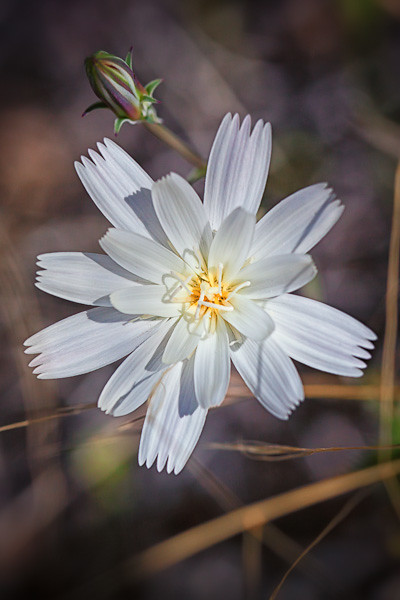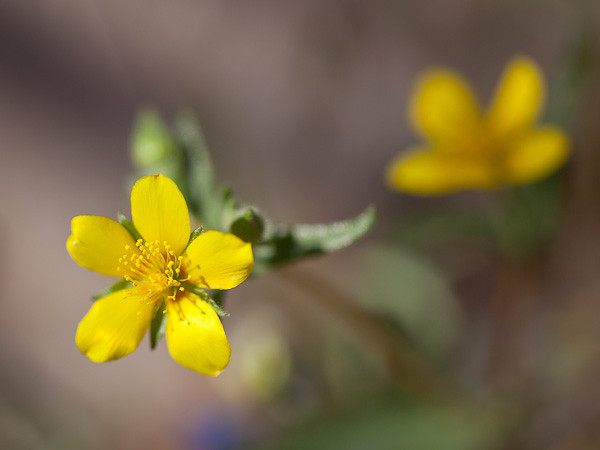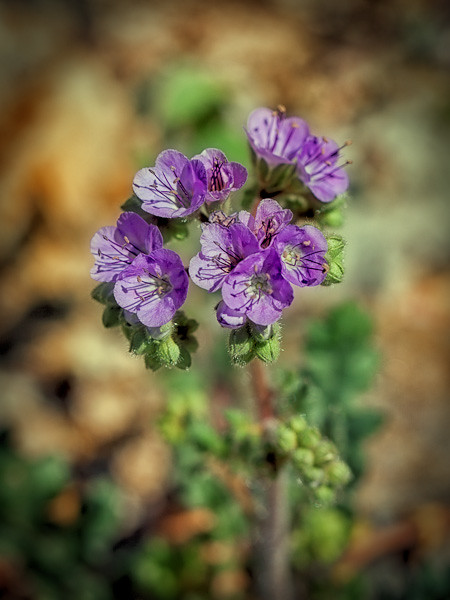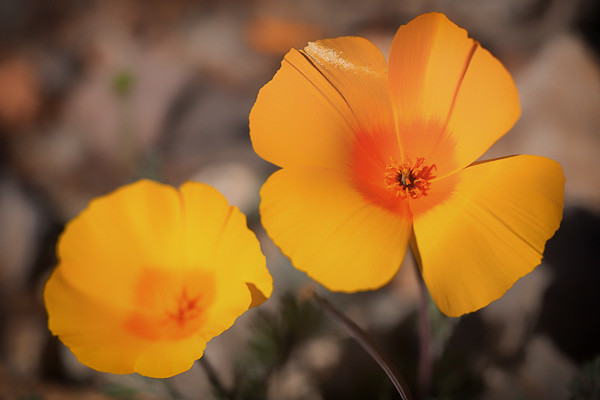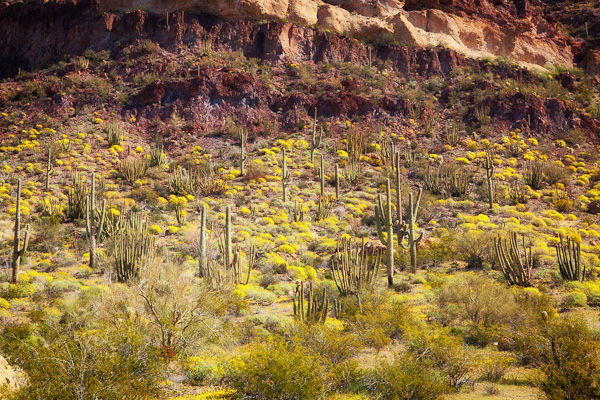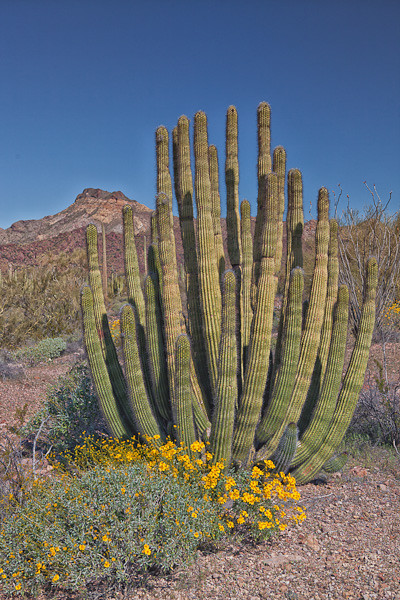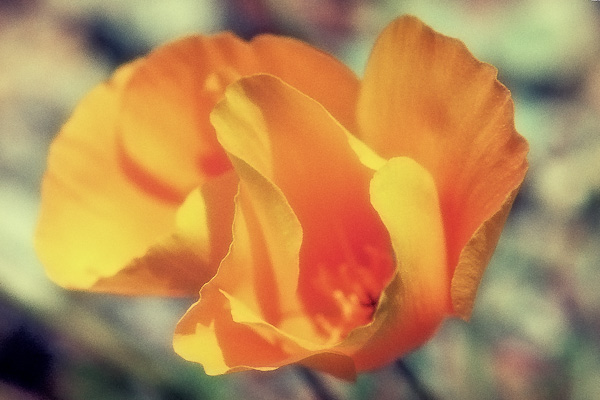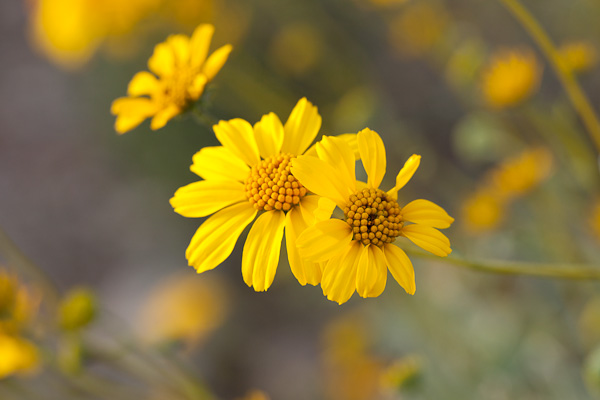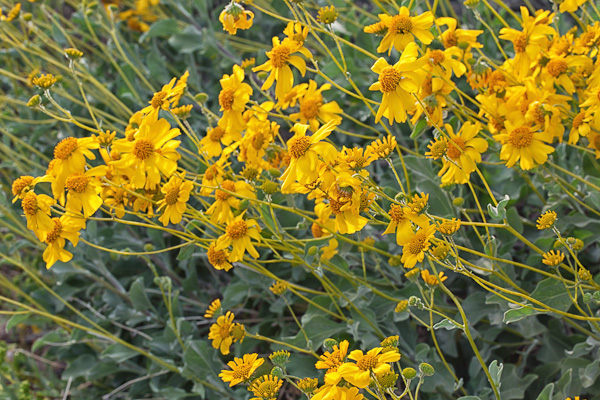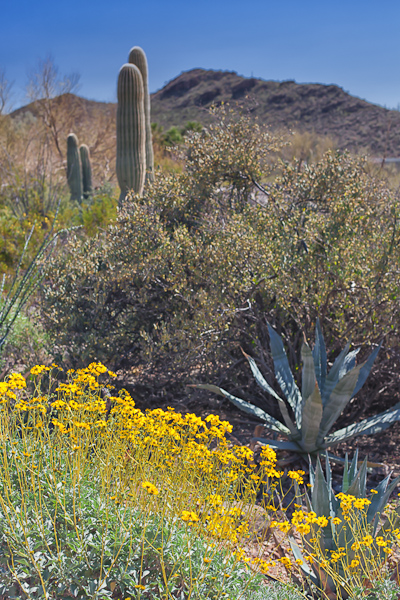To see a world in a grain of sand
and a heaven in a wild flower,
Hold infinity in the palm of your hand,
and eternity in an hour. ~ William Blake
My first spring living in the desert, the spring of 2011, was a spring of drought and no wildflowers. The cactus still bloomed, and I was thrilled at the sight of those flowers, but I never did see wildflowers in the depths of the desert, and I saw only a few specimens in the various irrigated botanical gardens in the Tucson area.
So it is with great pleasure, this spring, that I walk on ancient trails in the desert and see splashes of wildflower color almost everywhere I look. Perhaps what is more amazing, last year I thought the desert lovely in its drought induced colors of browns and faded greens. I did not wish for more, because I did not know that more existed. I am glad I saw the naked, dry desert, flower-less, for that is the desert I fell in love with. And this year’s desert bounty, flowery splashes of yellows and oranges, purples and blues, is a gift unexpected, and so cherished that much more.
Here are but a few of the many wildflowers I captured in my heart, and also with my camera. I apologize now if I have wrongly identified any of these beauties – I suspect I will do so quite often. The desert in filled with wildflowers that I have never seen, no matter how common they may be to real desert dwellers, and though I enjoy discovering the names of the various flowers, I will make beginner’s mistakes.
Nevertheless, I always feel a bit more connected to a flower when I can hail it by its name and so I will make the effort to learn the native names, sometimes humorous, sometimes descriptive, sometimes vainly named by its human ‘discoverer’.
One thing I noticed immediately about many of the desert flowers. Some are very small, perhaps a half inch or less in diameter. A carpet of these tiny flowers is easily seen, but an isolated one or two are treasures easily missed. I discovered that by looking closely at the various surfaces in the desert — rocky cliffs, gravelly washes, gritty earth stretching into the shadows of the mountains — I see wildflowers that could be easily passed and never discovered.
I am filled with great joy when I can simply be still in this desert, perhaps standing in a bit of shade of a palo verde or a mesquite, watching and listening. Where there are patches of flowers, there are frequently a few bees humming and buzzing about, each bee visiting the blossoms and dancing that intricate dance of pollination. Imagine being a bee and visiting an arroyo filled with the tiniest of these flowers. An endless undertaking, quite like counting the grains of sand on the desert floor.
I am filled with a deep gratitude that I have the opportunity to walk amidst the glories of the desert – in awe of this seemingly endless desert filled with the tiniest of gifts.
————
Bo Mackison is a photographer and owner of Seeded Earth Studio LLC.
